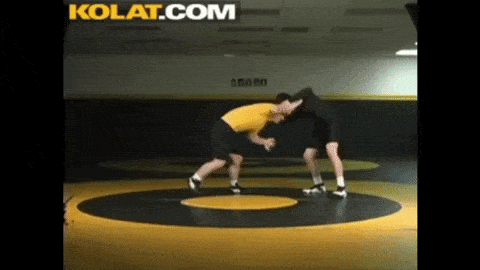Bridge and Shrimp

Summary
- Bridge and Shrimp is a attempt to solve the Degrees of Freedom Problem by reducing the number of ways a player moves.
- Fake Jiu Jitsu wants to replace all movements with either a Bridge or a Shrimp.
- If you can alternate between Bridges and Shrimps but your partner can't, you have a significant advantage.
Theory
FJJ identifies two major movement families, Bridge and Shrimp. Any serious movement should be as Bridge-like or Shrimp-like as possible.
It is assumed that Bridge and Shrimp are part of a larger set of strong motions. The high utility of Wim Deputter's Rock Bottom is strong evidence of this larger set.
That said, Bridge and Shrimp have proven so useful, they continue to survive as the movement constraints.
Bridge and Shrimp are essentially Wim Deputter's Hidden Framework.
Shrimps can be roughly described as a diagonal torso twist that results shoulder forward/hips back.
General Use
Bridges and Shrimps are tensions, not positions. Consider the venerable bicep-curl; there is a start position (straight arm) and end position (bent arm). The transferable range of motion isn't just a fully bent arm, it's the entire range from straight to bent.
Similarly, you don't need to be at the end of a Bridge or Shrimp in order to be applying it, it is more about the hips-shoulder-spine alignment and the direction of the tension.
If something isn't working, make your movements more Bridge-like or Shrimp-like.
Bridges and Shrimps are often complementary tensions - forcing your lab partner to confront one makes her vulnerable to the other.
Predictions
- If you can alternate between Bridges and Shrimps but your partner can't, you have a significant advantage
- Keeping an opponent's spine improperly aligned is more powerful and more important than using leverage
- If something isn't working, making your movements more Bridge-like or Shrimp-like will help